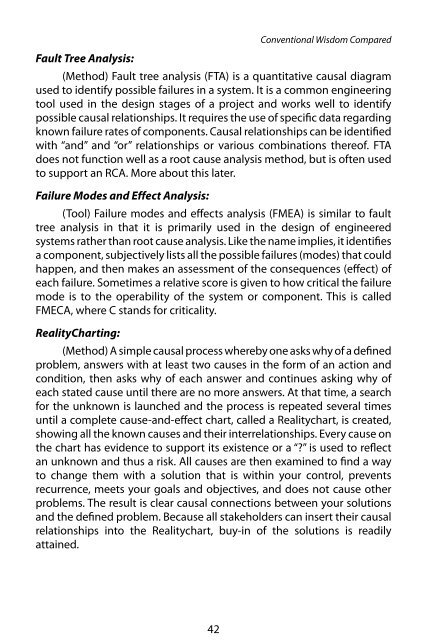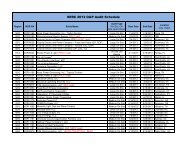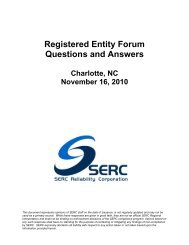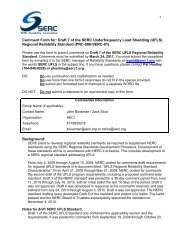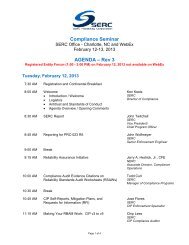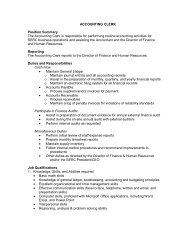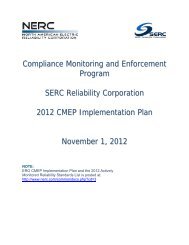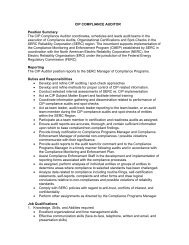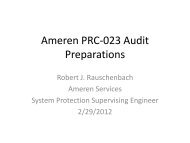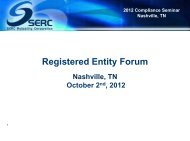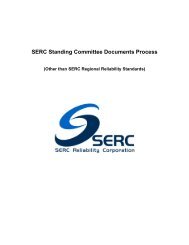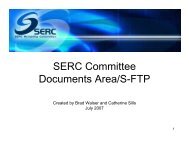RealityCharting e-book .pdf - SERC Home Page
RealityCharting e-book .pdf - SERC Home Page
RealityCharting e-book .pdf - SERC Home Page
- No tags were found...
Create successful ePaper yourself
Turn your PDF publications into a flip-book with our unique Google optimized e-Paper software.
Fault Tree Analysis:<br />
Conventional Wisdom Compared<br />
(Method) Fault tree analysis (FTA) is a quantitative causal diagram<br />
used to identify possible failures in a system. It is a common engineering<br />
tool used in the design stages of a project and works well to identify<br />
possible causal relationships. It requires the use of specific data regarding<br />
known failure rates of components. Causal relationships can be identified<br />
with “and” and “or” relationships or various combinations thereof. FTA<br />
does not function well as a root cause analysis method, but is often used<br />
to support an RCA. More about this later.<br />
Failure Modes and Effect Analysis:<br />
(Tool) Failure modes and effects analysis (FMEA) is similar to fault<br />
tree analysis in that it is primarily used in the design of engineered<br />
systems rather than root cause analysis. Like the name implies, it identifies<br />
a component, subjectively lists all the possible failures (modes) that could<br />
happen, and then makes an assessment of the consequences (effect) of<br />
each failure. Sometimes a relative score is given to how critical the failure<br />
mode is to the operability of the system or component. This is called<br />
FMECA, where C stands for criticality.<br />
<strong>RealityCharting</strong>:<br />
(Method) A simple causal process whereby one asks why of a defined<br />
problem, answers with at least two causes in the form of an action and<br />
condition, then asks why of each answer and continues asking why of<br />
each stated cause until there are no more answers. At that time, a search<br />
for the unknown is launched and the process is repeated several times<br />
until a complete cause-and-effect chart, called a Realitychart, is created,<br />
showing all the known causes and their interrelationships. Every cause on<br />
the chart has evidence to support its existence or a “” is used to reflect<br />
an unknown and thus a risk. All causes are then examined to find a way<br />
to change them with a solution that is within your control, prevents<br />
recurrence, meets your goals and objectives, and does not cause other<br />
problems. The result is clear causal connections between your solutions<br />
and the defined problem. Because all stakeholders can insert their causal<br />
relationships into the Realitychart, buy-in of the solutions is readily<br />
attained.<br />
42


